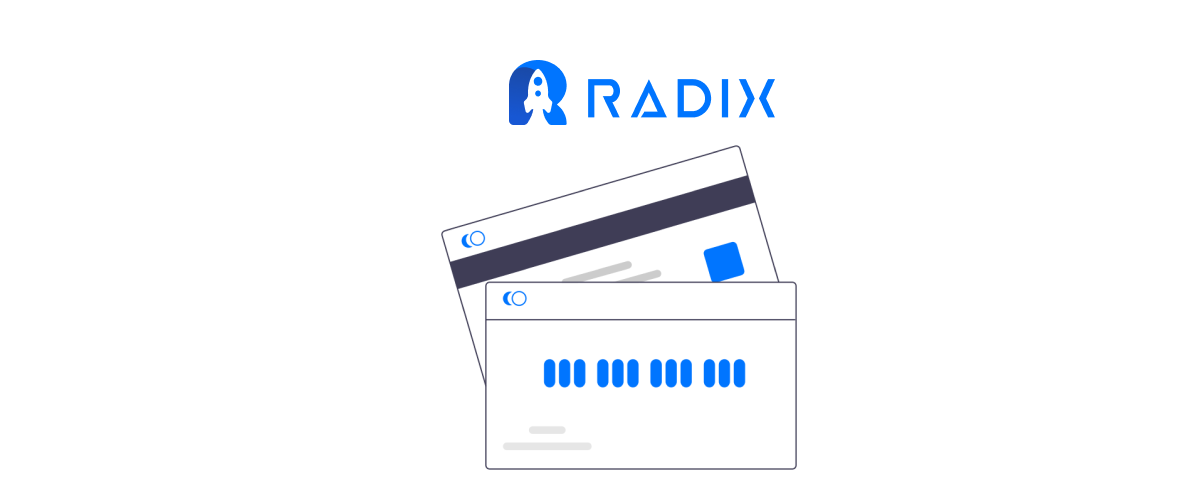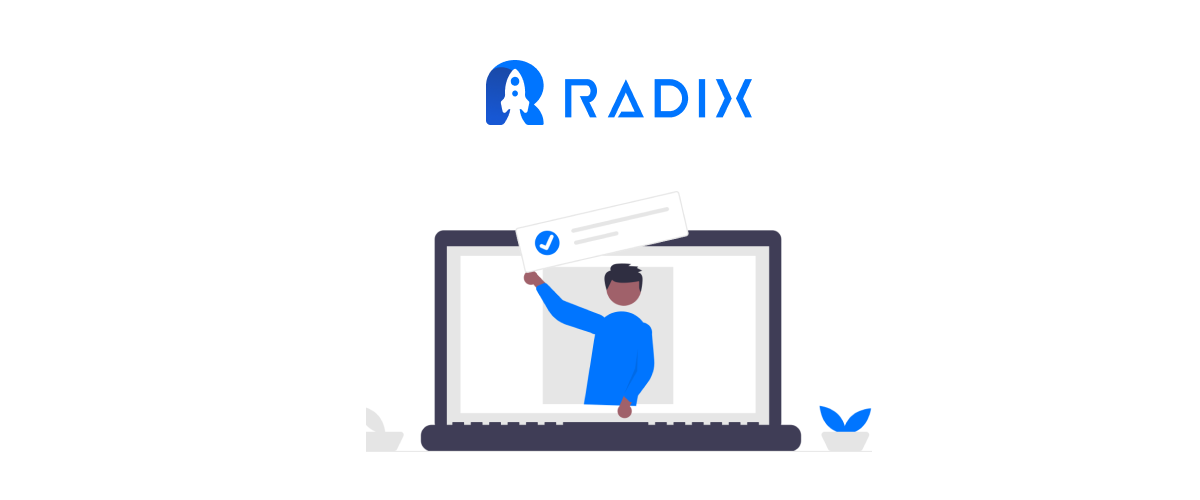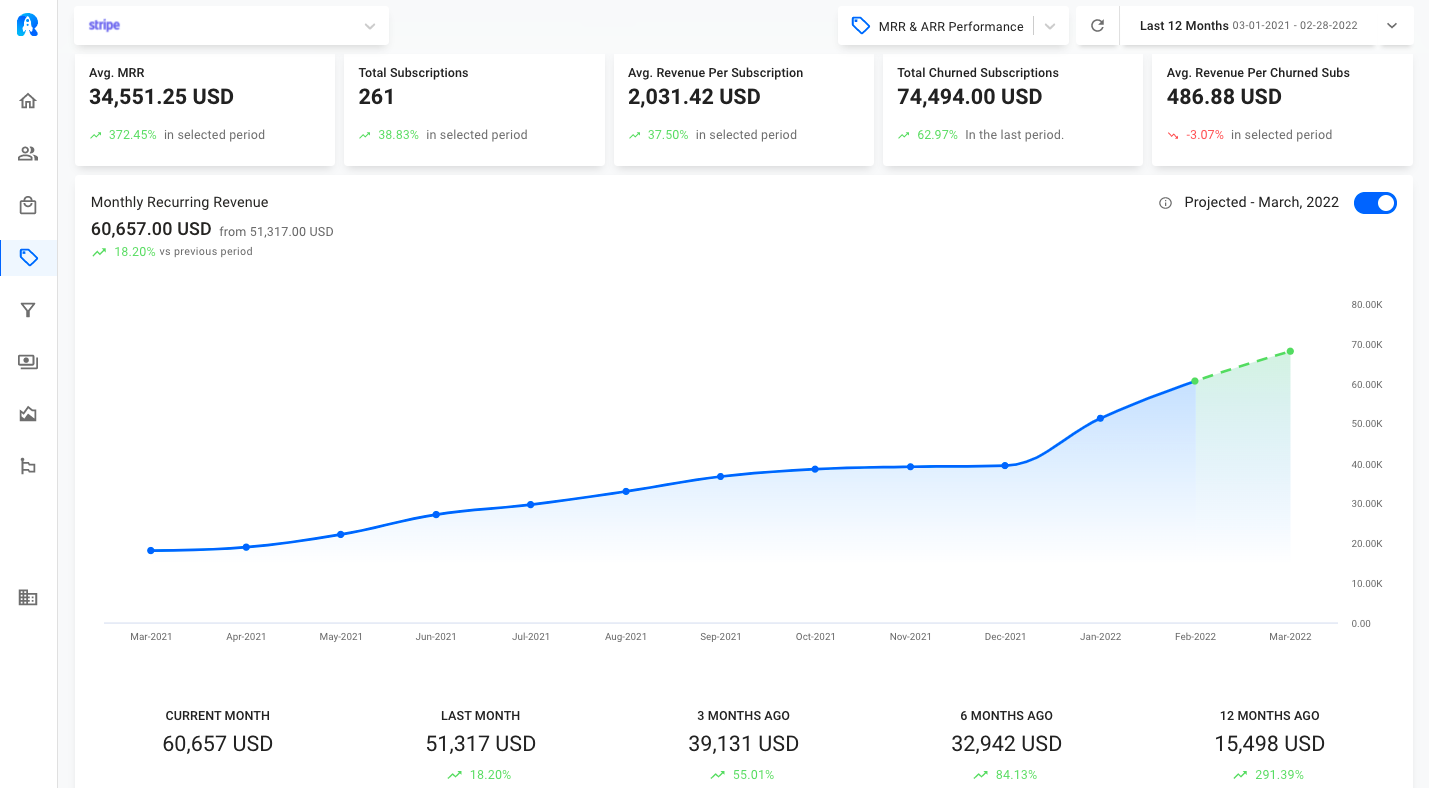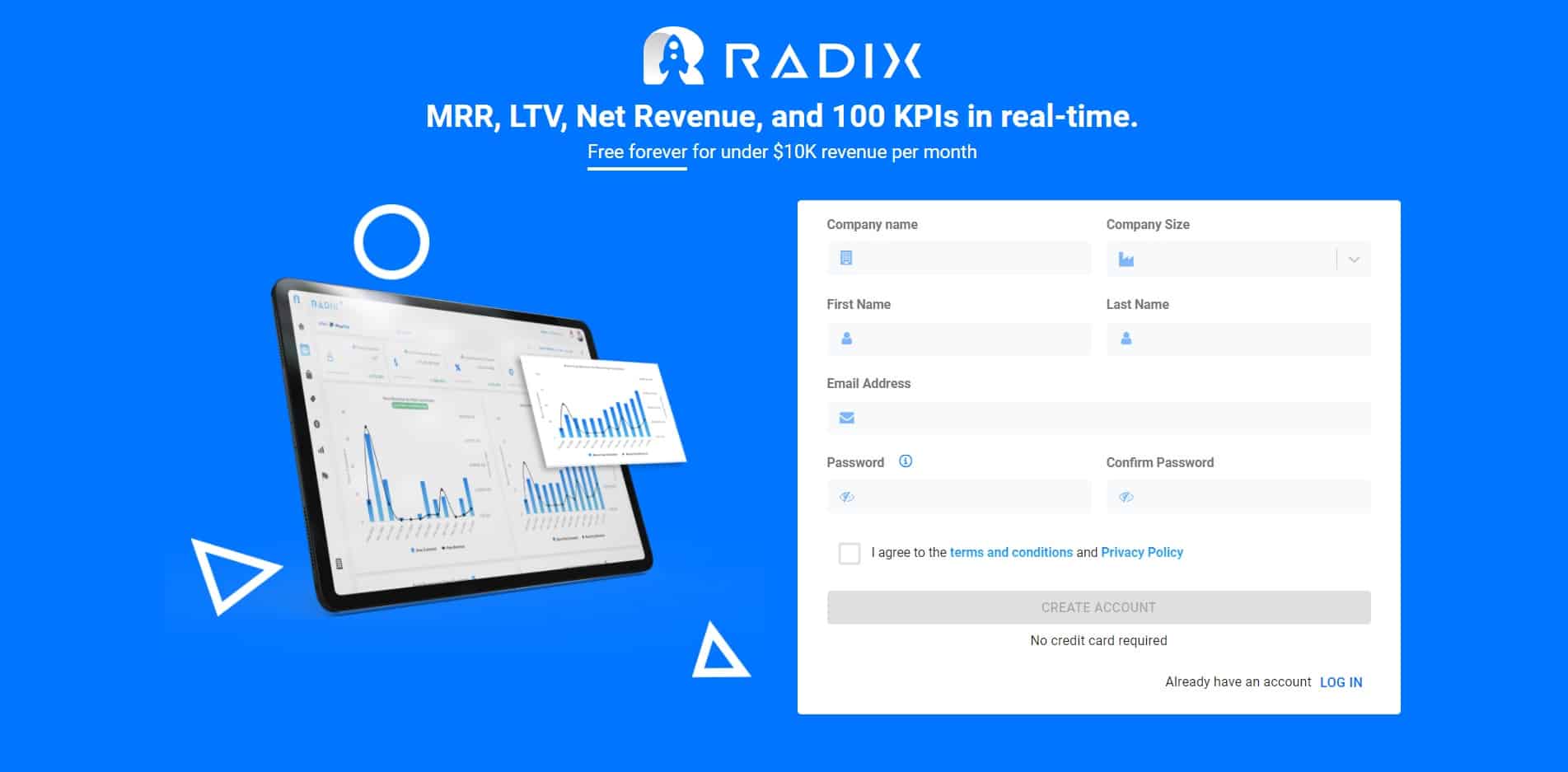Some people frequently mix terms when it comes to business operations terms such as: “SaaS,” “subscription,” and “recurring revenue”. While there is considerable overlap between the three, they each represent a unique system.
You may use SaaS, subscription, and recurring revenue business models, however, whereas subscription and recurring revenue relate to how a company collects income in return for its providing. SaaS explains how you organize a company’s product.

Definition: SaaS, Recurring Revenue & Subscription
Knowing the definitions of each term is the first step in understanding the distinctions between the three.
1) SaaS (Software as a Service)
This business model is an innovative way of developing and delivering web applications. Applications are hosted in an online environment, accessible via the internet, with access anywhere at any time, without installation limits or per-user fees. Thousands of users can use the application at the same time which makes it perfect for businesses that have a high user number. SaaS is becoming increasingly more popular as customers are attracted by its scalability, flexibility, and cost-effectiveness. SaaS delivers either on a pay-for-use basis or as a subscription
2) Recurring Revenue
A business strategy in which products or services are sold in such a way that revenue is “predictable, steady, and can be counted on to occur at regular intervals in the future with a high degree of confidence.”
3) Subscription
A subscription business model is a business model that involves selling recurring subscriptions for goods and services rather than one-time payments. A great example of a company that has adapted the subscription business model would be your local gym or fitness club. Utilities and software industries are adopting subscriptions business model
Although the three business models have many similarities, they are not identical.
A subscription business model is a type of recurring revenue model, however, recurring revenue also includes non-subscription business types such as long-term contracts and retainer services. Similarly, many SaaS companies are subscription businesses, but they may also be pay-as-you-go or one-time-use businesses.
A cloud-based tax filing program with pricing reliant on the details of a user’s taxes that year would be a SaaS product, but not a subscription, and whether it would have recurring revenue would depend on whether it re-marketed to customers to attempt to convince them to use their product year after year.
By charging a subscription for access to its software and a transaction charge on each purchase, a point of sale system might be SaaS, subscription, and recurring revenue. However, if it elected to give the software out for free and only charge transaction fees, it would be a SaaS and recurring revenue model, not a subscription model.

Differences in Operations
You can see the differences between each business model in the way they operate.
SaaS
Subscriptions, recurring revenue, and pay-per-use are all options for SaaS companies.
Because it’s software, the product offering is same from one customer to the next, and it’s infinitely scalable because the main resource needed is server space.
Examples: Canva, Hubspot, Radix.
Recurring Revenue
Recurring revenue Renewals or extended contracts are two ways for businesses to obtain repeat revenue from their customers.
Customers will continue to pay for a product or service over time, but the amount they pay and what they receive may change. Customers are charged monthly by utility providers such as water departments, although the price varies based on how much water is consumed. Similarly, a retainer service, such as a lawyer, may charge the same monthly fee for a set number of hours, but how those hours are used may vary.
Revenue is less predictable as a result of this flexibility, and there is greater space for negotiation throughout the sales process.
Furthermore, recurring revenue businesses are less scalable than SaaS and subscription businesses since resource requirements vary over time.
Subscription
Auto-renewals and contracts are how subscription businesses generate recurring revenue.
Subscription offerings are both scalable and replicable, and the amount customers pay and the product or service they receive are essentially same from period to period.
A gym membership, for example, is a kind of subscription in which customers pay a monthly fee for access to the gym’s facilities, equipment, and training.

What Can Businesses Learn from the Software as a Service (SaaS) Model?
Because of how much value SaaS companies have garnered by employing those models, subscription and recurring revenue have become associated with SaaS.
SaaS businesses have wider access to customer data due to the nature of their product, and they use that data to inform their product offering, marketing, and sales efforts.
Overall, here are some benefits of SaaS Business model:
- Lower Cost
- Flexibility & Scalability
- Higher Adoption
- No Sales Friction
- Recurring Revenue
- Easier to Update and Support
Many SaaS offerings have the advantage of providing something that businesses would never want to outsource.
Your firm will be more scalable, and your revenue will be more predictable if you can package your product or service in a way that makes it repeatable while still offering value that your customers couldn’t get on their own.

Track and analyze your revenue numbers regardless of whether you use any of the aforementioned models
Do you want to know how much recurring revenue your business is generating? Are you wondering what percentage of customers may be cancelling? Radix can help. We provide a reliable solution for SaaS, subscriptions and eCommerce companies to track and analyze their recurring revenue performance.

Sign Up Here!

Read More:
MRR: What is Monthly Recurring Revenue?
5 Things All Great SaaS Sales People Share
Improve MRR Performance:10 Tips for Improving Your MRR for Better Business Growth





